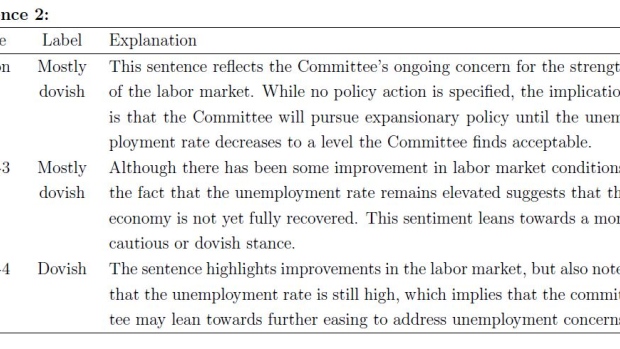Young Canadians faring well, earning more in today's economy: Desjardins
, The Canadian Press
Young, educated workers today are earning more than in previous generations, according to a new report from Desjardins.
But it's not all rosy for young Canadians, with women in particular facing declining mental health and ongoing barriers in the labour market.
The new report from Desjardins is the first in a series looking at how young Canadians are faring in today's economy.
"The narrative around how young people are faring tends to have a negative tone," said Randall Bartlett, senior director of Canadian economics for Desjardins and co-author of the report.
"What we found in the data was a lot more room for optimism."
The report builds on recent census data that showed the Canadian population is highly educated, with a larger proportion of people holding a post-secondary degree than any other G7 country.
Desjardins found young Canadians are more educated today than in the past, with more of them holding college certifications and bachelor's degrees than many of the countries in the Organization for Economic Co-operation and Development (OECD).
That has implications for earnings, given that those who complete a post-secondary education tend to earn more money throughout their lifetime.
For the report, Desjardins compared the earnings of Canadians who graduated with a bachelor's degree in 1991 versus in 2001.
They found the younger cohort earned several thousand dollars more each year, adjusted for inflation, than those who graduated a decade earlier, suggesting the return on education is rising.
There are also more young people from lower-income families pursuing post-secondary education today than in previous generations. For those who come from families in the bottom 20 per cent of income earners, enrolment increased 28 per cent. That's compared with a 10 per cent increase in enrolment for young Canadians from families in the top 20 per cent of income earners.
However, the report found that there are very real challenges in the labour market for young people as they move from school to the workplace.
Young women, for example, were facing declining mental health even before the pandemic hit, while young people in general saw their mental health decline significantly during the pandemic.
Women also continue to disproportionately carry the burden of caring for a child or family member.
"If you look at adults ages 25 to 44, women report caring for children as the primary reason for working part-time, while it barely registers for men the same age," the report said.
Working fewer hours or leaving the labour market can result in lower earnings, which explains some of the wage gap between men and women.
The report also highlights that young immigrants are doing better in the labour market than they have historically, but they still face challenges putting their skills to work.
Desjardins chief economist and lead report author Jimmy Jean said these findings have implications for policymakers in Canada.
The first is the important role subsidized childcare programs can play in helping women rejoin the labour market. Quebec, which has had subsidized childcare for over 20 years, has seen more women join the labour force during that time.
Jean said the federal government's pursuit of a national childcare program, which aims to deliver childcare that costs on average $10 a day, is a good start.
"(But) it needs to be made widely and easily accessible, without having to go through the long waiting time. So the execution of it will be crucial going forward," he said.
Addressing mental health would also be a "very worthwhile investment," he said, noting that poor mental health can affect young people's abilities to successfully transition into the workforce.
The other consideration for policymakers, Jean said, is how to make it easier for immigrants to get their foreign credentials recognized.
Amid labour shortages, various governments across Canada are moving to ease credential recognition, particularly for health care workers.
This report by The Canadian Press was first published April 17, 2023.

